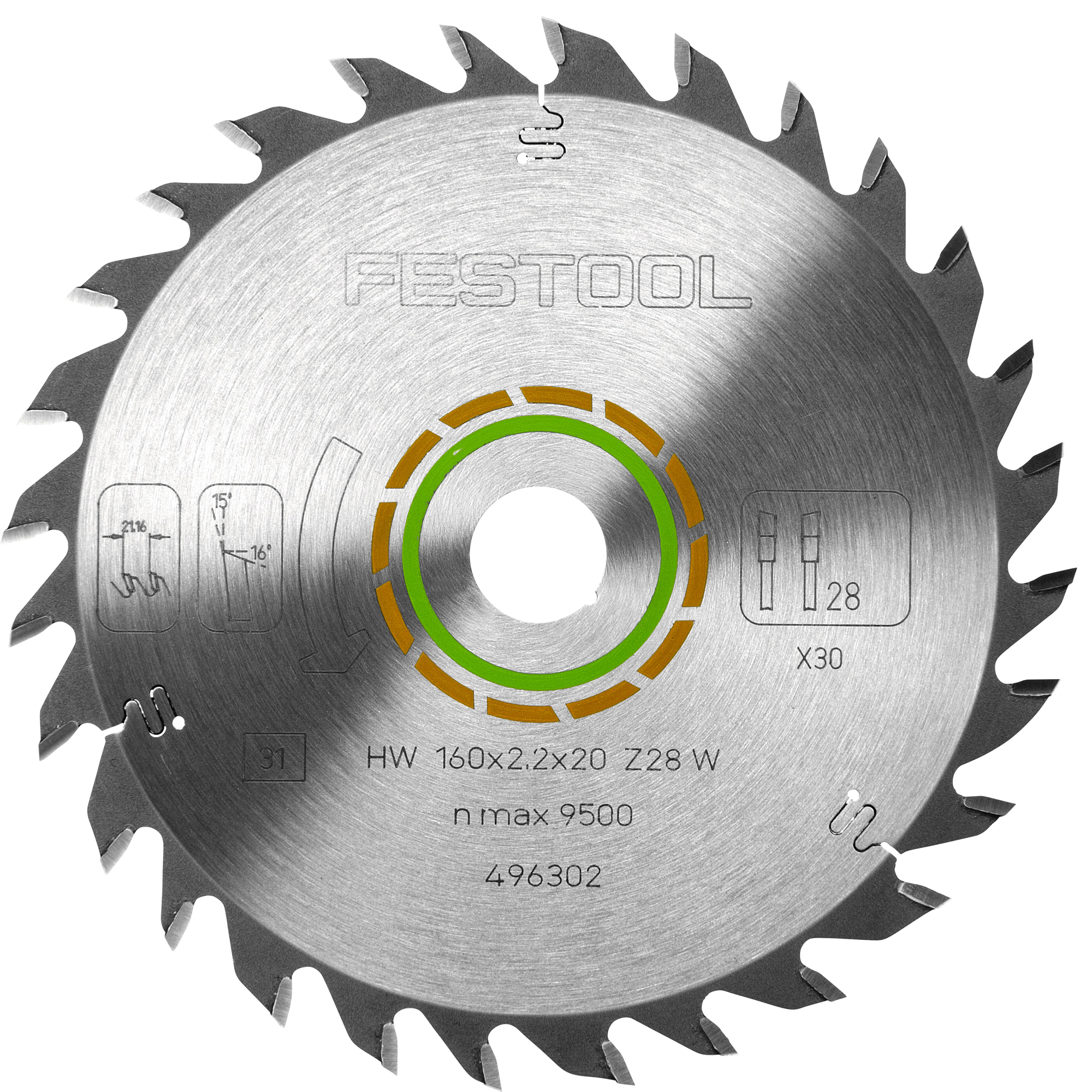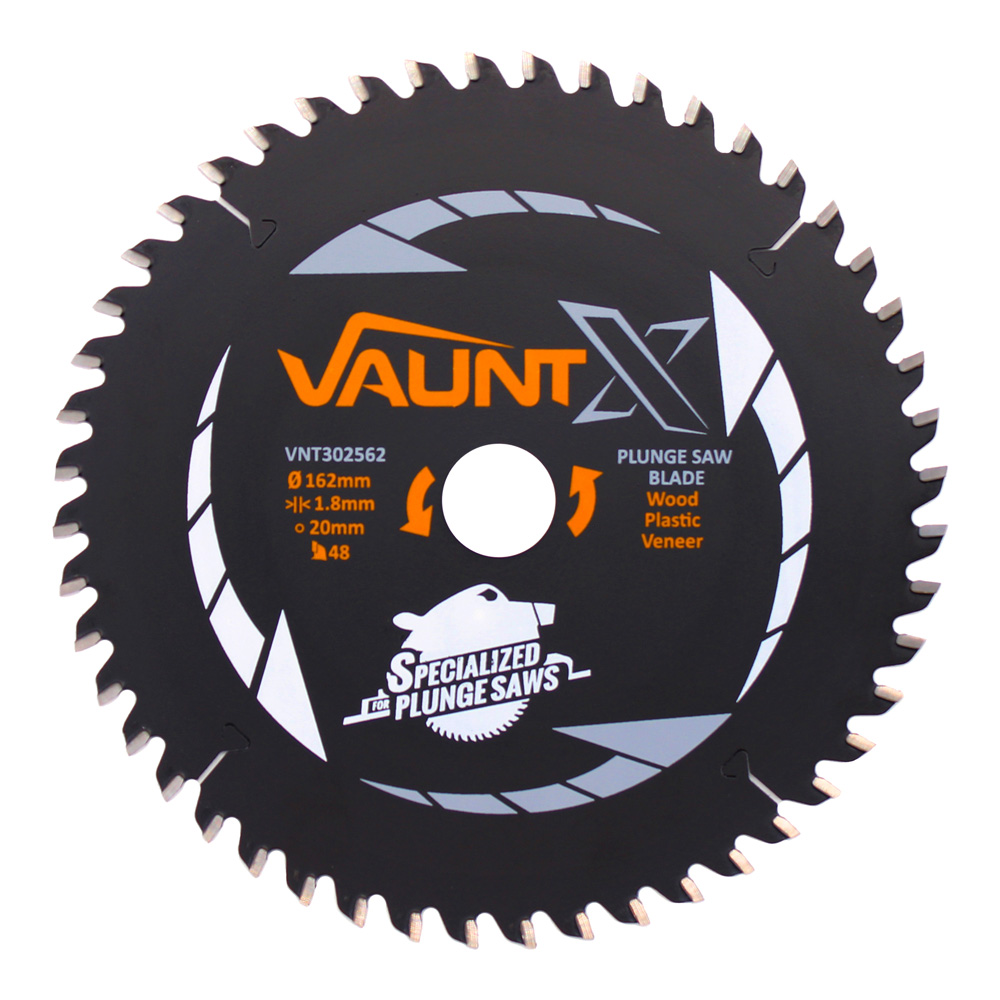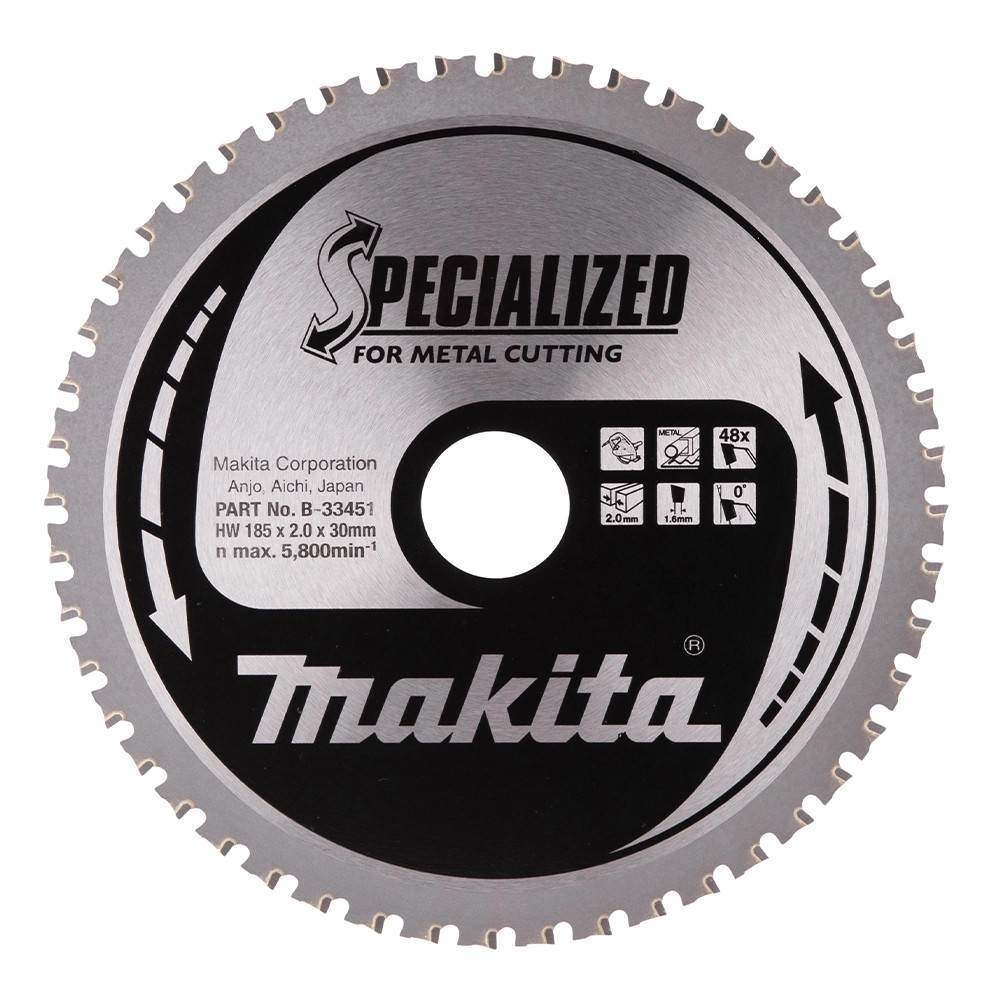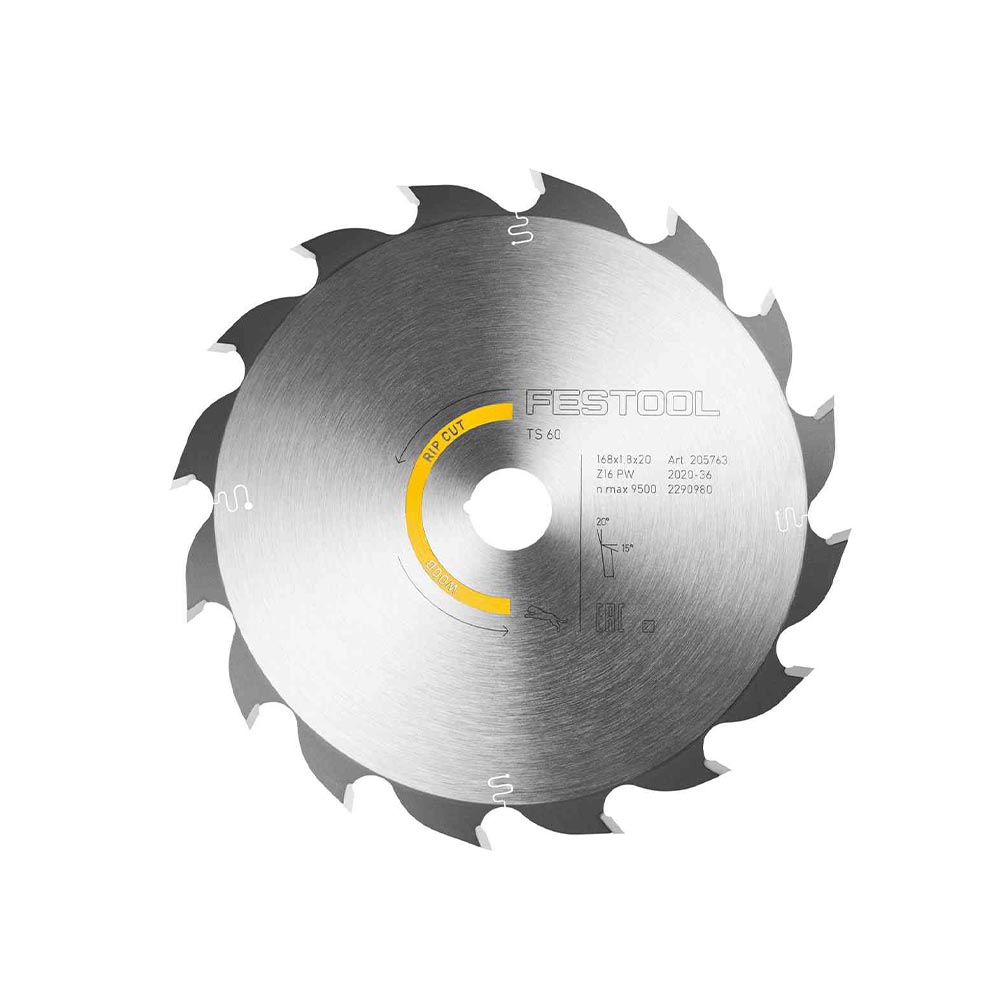Plunge Saws
Plunge saws deliver clean, precise cuts in various materials, ideal for woodworking and renovation tasks. With adjustable depth control and accurate guide rails, these saws provide professionals and DIYers with unmatched control for intricate cuts.
Who Uses Plunge Saws?
Plunge saws are highly valued by professionals across industries requiring precision cutting, from carpentry to home renovations. With their adjustable cutting depth, these saws allow users to make plunge cuts without compromising material quality.
- Carpenters – Carpenters rely on plunge saws for making accurate cuts in hardwood, plywood, and MDF, allowing for seamless joinery and panel fitting.
- Cabinet Makers – Ideal for creating precise cutouts, these saws help cabinet makers achieve clean finishes and custom fit installations.
- Flooring Installers – Plunge saws allow installers to cut floorboards and laminate to exact dimensions without splintering edges.
- DIY Enthusiasts – From crafting furniture to installing shelves, plunge saws give DIYers the control needed for fine, controlled cuts at home.
Plunge Saws Are Great for Jobs Such As:
- Creating Cutouts – Perfect for cutting holes for electrical boxes or inlay work, providing accuracy without overcutting.
- Trim and Edge Cuts – Plunge saws allow controlled cutting along edges, ideal for creating smooth finishes on panels and boards.
- Flooring Installations – Achieve exact fitment of floorboards or tiles with clean cuts, even in tight spaces.
- Joinery Work – Plunge saws are ideal for creating slots and grooves for joinery, adding precision to woodwork.
- Cabinet Fittings – Achieve precision with plunge saws when creating cabinet cutouts or custom shelving units, ensuring professional results.
How to Choose the Best Plunge Saw
When selecting a plunge saw, consider essential features that align with your project needs, from power options to guide rail compatibility. Here’s a breakdown to help you make an informed choice.
1. Power Options
Corded Plunge Saws: Provide continuous power, making them ideal for prolonged cutting tasks and demanding projects. However, the cord limits mobility.
Cordless Plunge Saws: Offer flexibility and ease of movement, great for on-site projects or locations without power access. Battery life is a factor to consider for longer tasks.
2. Blade Size and Material Compatibility
Blade size determines cutting depth, with larger blades allowing for deeper cuts. Additionally, look for compatibility with various blade types (e.g., wood, metal, and multi-material) to handle a wide range of tasks efficiently.
3. Depth Control and Precision
Precise depth adjustment is key for plunge saws. Look for models with easy-to-adjust depth settings, allowing you to set exact cutting depths for accuracy, especially useful for joinery and trim work.
4. Guide Rail Compatibility
Guide rails help achieve straight, clean cuts by keeping the saw steady. Ensure your plunge saw is compatible with quality guide rails, as this feature is essential for long, precise cuts in materials like plywood and MDF.
5. Dust Extraction Capabilities
Plunge saws with dust extraction ports keep your workspace cleaner and improve visibility by removing sawdust as you cut. This feature is especially beneficial for indoor work or on-site jobs where cleanliness is crucial.
6. Weight and Ergonomics
A well-balanced, lightweight plunge saw with ergonomic handles reduces fatigue during extended use. Choose a model with comfortable grips for better control, especially for precision tasks.
What Types of Blades Can Plunge Saws Use?
Plunge saw blades come in a variety of sizes, typically ranging from 160mm to 210mm, offering flexibility for different cutting depths and materials. Kerf, or the width of the cut made by the blade, impacts both the efficiency and finish of the cut. A narrower kerf requires less power, making it suitable for fine, precise cuts, while a wider kerf provides durability for thicker, harder materials.
| Blade Type | Primary Application | Example Image |
|---|---|---|
| Wood-Cutting Blade | Ideal for cutting hardwood, softwood, and plywood with clean, smooth finishes. |  |
| Laminate and Veneer Blade | Designed to minimize splintering on laminate and veneered surfaces, providing a fine edge. |  |
| Metal-Cutting Blade | Specialized for cutting through metal sheets and aluminum with precision. |  |
| General-Purpose Blade | Versatile blade for mixed materials, useful for quick cuts through wood and light metals. |  |
| Fine-Tooth Blade | Used for precision work on fine woodworking projects and delicate materials. |  |
Essential Accessories for Plunge Saws
Choosing the right accessories for your plunge saw can significantly improve its precision, efficiency, and overall performance. From guide rails to dust extraction kits, these accessories will help you achieve cleaner, more accurate cuts and a better working environment.
1. Guide Rails
Guide rails are essential for making straight, accurate cuts. They help maintain control over longer cuts and are ideal for cutting panels, doors, and large sheets of material with precision. Most guide rails are compatible with various plunge saw models, allowing versatility across projects.
2. Dust Extraction Kit
A dust extraction kit keeps your work area clean by removing sawdust as you cut. This accessory improves visibility along the cutting line and reduces cleanup time, making it a great choice for both indoor and on-site work.
3. Replacement Blades
Having a range of replacement blades allows you to adapt your plunge saw to different materials like wood, laminate, and metal. High-quality blades ensure smooth, clean cuts and prolong the life of your saw, enhancing its performance on various tasks.
Frequently Asked Questions
What is a plunge saw used for?
A plunge saw is designed for making precise, clean cuts with the ability to start the cut in the middle of the material, rather than from the edge. It’s perfect for cutting panels, creating joinery slots, and trimming doors with high accuracy. Guide rails often accompany plunge saws to ensure straight cuts, making them ideal for detailed woodworking and cabinetry work.
How does a plunge saw differ from a circular saw?
While both saws are circular in design, a plunge saw allows the user to "plunge" the blade directly into the material, allowing for interior cuts and greater control over depth. Circular saws are generally used for edge cuts and don’t offer the same precision for starting cuts within a material. Additionally, plunge saws are typically compatible with guide rails, providing straighter, cleaner cuts.
Can a plunge saw be used on metal?
Yes, with the right blade, a plunge saw can be used to cut through metals such as aluminum and steel. Make sure to choose a blade specifically designed for metal cutting to avoid damage and ensure safety. However, keep in mind that plunge saws are typically more suited for wood and composite materials, so heavier-duty metalwork may require a dedicated metal saw.
Do I need a guide rail for a plunge saw?
While not strictly necessary, a guide rail greatly enhances the accuracy and control of a plunge saw, especially for long, straight cuts. Guide rails help prevent deviation, ensuring that your cuts are perfectly aligned and clean, which is crucial for tasks like panel cutting and furniture making. Many plunge saws are designed with compatibility for specific guide rail systems.
What safety features should I look for in a plunge saw?
Look for plunge saws with a blade guard and anti-kickback features to prevent accidents during use. Some models also have a riving knife that reduces binding and ensures smoother cuts. Additionally, dust extraction ports are helpful for maintaining visibility along the cutting line, which can improve safety while working.



